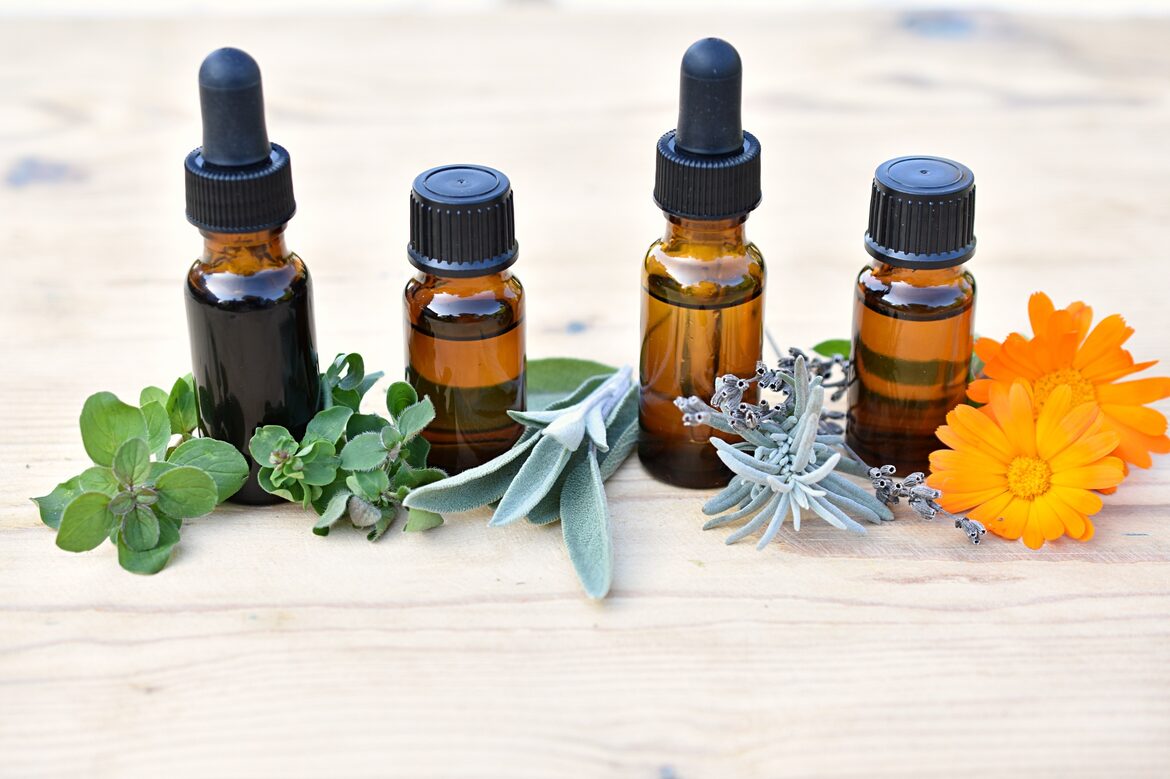A measure of the amount of ethanol (alcohol) in an alcoholic beverage is called the alcohol proof. The word "proof" first appeared in the 16th century to refer to a test to establish whether a spirit was authentic or had been diluted.
Today, the proof is typically given as a figure that is double the ethanol by volume %. For instance, 40% of ethanol is present in 80-proof alcohol. Although the idea of evidence is simple, there may be some misunderstanding as to what it actually implies. This is due to the fact that different nations employ various criteria to determine alcohol content.
This is referred to as having double the proportion of ethanol by volume in the US. However, in several nations, like the United Kingdom, Canada, and Australia, the term "alcohol proof" refers to the volume % of ethanol. When comparing alcoholic beverages from various nations, this might cause some misunderstanding.
Despite these variations, using the notion of proof to define the strength of an alcoholic beverage is still helpful. You may use proof to guide your judgements about how much alcohol to drink.
For instance, you may be certain that an alcoholic beverage that contains 50% is 100 proof alcohol. You may pace yourself and prevent becoming drunk sooner than you expected by using this knowledge.
The best spirit to use for tinctures is 100 proof alcohol since it is crystal clear, reasonably priced, and precisely equal parts water and alcohol. Many tincture recipes may include directions for a 50% tincture, which is half water and half alcohol.
190 Alcohol Proof contains 95% ethanol. It may be used to make fragrances, sanitizers, skin care products, and cleaning goods. 190 Alcohol Proof can be used to extract herbs.
If you wish to get food-grade, certified organic and proof alcohol, the ideal product provider may be Extractohol.
